Entry Category: Recreation and Sports - Starting with L
Lake Catherine State Park
Lake Charles State Park
Lake Chicot State Park
 Lake Dardanelle Entrance
Lake Dardanelle Entrance
 Lake Dardanelle State Park
Lake Dardanelle State Park
Lake Dardanelle State Park
Lake Fort Smith State Park
Lake Frierson State Park
 Lake Greeson
Lake Greeson
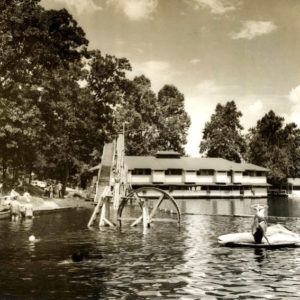 Lake Lucerne
Lake Lucerne
 Lake Lucerne
Lake Lucerne
Lake Lucerne
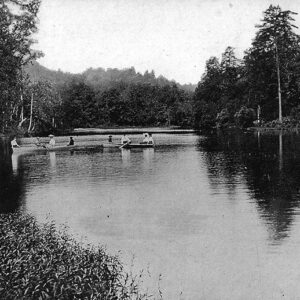 Lake Lucerne as Sanitarium Lake
Lake Lucerne as Sanitarium Lake
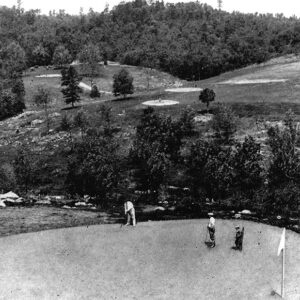 Lake Lucerne Golf
Lake Lucerne Golf
 Lake Lucerne Swimming
Lake Lucerne Swimming
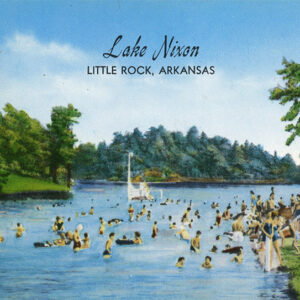 Lake Nixon
Lake Nixon
Lake Ouachita State Park
Lake Poinsett State Park
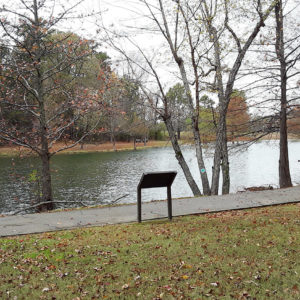 Lake Ponder
Lake Ponder
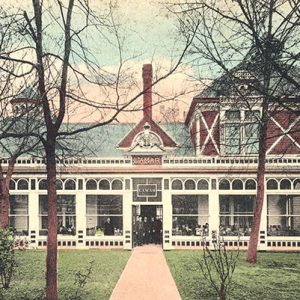 Lamar Bathhouse
Lamar Bathhouse
Lamar Porter Athletic Field
 Lamar Porter Athletic Field
Lamar Porter Athletic Field
 Lamar Porter Field
Lamar Porter Field
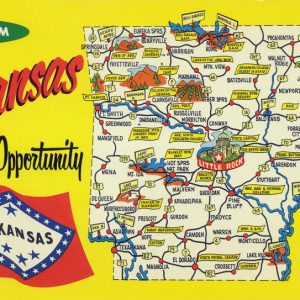 "Land of Opportunity" Postcard
"Land of Opportunity" Postcard
Lee, Clifton Phifer (Cliff)
Lee, Haeng Ung
 Lepanto Attractions
Lepanto Attractions
Lepanto Terrapin Derby
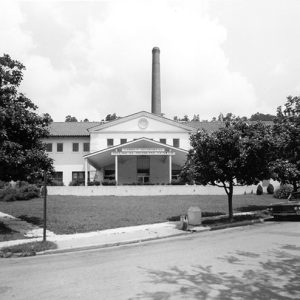 Libbey Memorial Physical Medicine Center
Libbey Memorial Physical Medicine Center
Lindbergh Day
aka: Guggenheim Tour
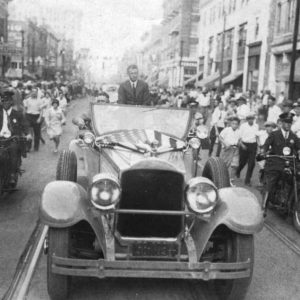 Lindbergh in Little Rock
Lindbergh in Little Rock
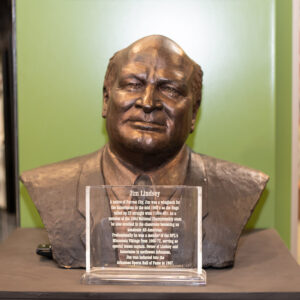 Jim Lindsey Bust
Jim Lindsey Bust
Liston, Sonny
aka: Charles Liston
Little Miss Arkansas Pageant
 Little Pine Boat Launch
Little Pine Boat Launch
 Little Readers Rock
Little Readers Rock
Little Rock Film Festival
Little Rock Garden Club
Little Rock Marathon
Little Rock Zoo
 Livestock Show Parade
Livestock Show Parade
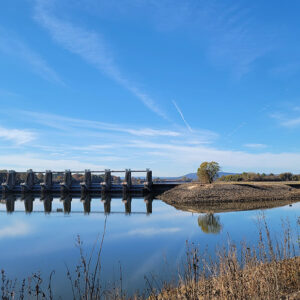 Lock & Dam No. 9
Lock & Dam No. 9
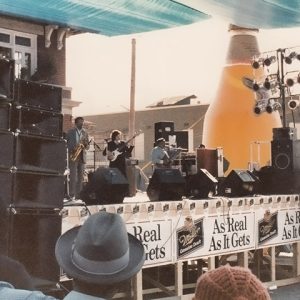 Robert Lockwood Jr.
Robert Lockwood Jr.
Logoly State Park
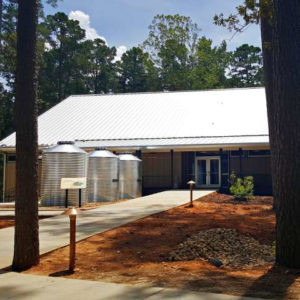 Logoly State Park Visitors Center
Logoly State Park Visitors Center
Lollar, John Sherman Jr.
 Sherm Lollar
Sherm Lollar
 Sherm Lollar
Sherm Lollar




